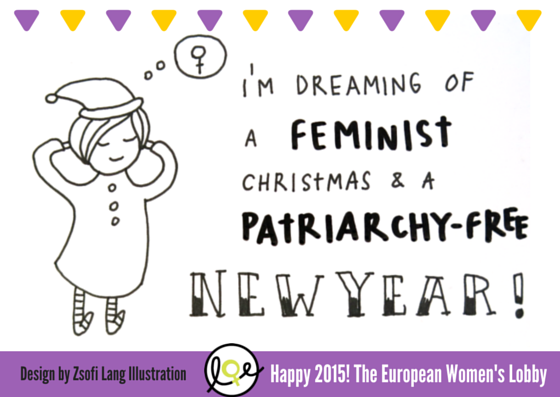[Brussels, 12 July 2014] The European Commission (EC) released their annual study on the progress of gender equality within the 28 European Union Member States on April 14th, 2014. The study is based on the five priority areas outlined in the Commission’s Strategy for equality between women and men in 2010-2015; equal economic independence; equal pay for equal work and work of equal value; equality in decision-making; dignity, integrity and ending gender-based violence and gender equality in external action policy.
The Commission’s annual gender equality report provides an overview of the main EU policy and legal developments in the field of gender equality during the last year, as well as examples of policies and actions taken by the member states in order to increase gender equality. The report showcases some progress resulting from EU actions, for example women’s labour market participation has increased from 58% of women in the workforce in 2002 to 63% in 2013. Nevertheless, in 2013, the EU employment rate for men (aged 20-64) was 74.2 % while it was only 62.5 % for women. In all member states, female employment rates are lower than those for males, with big variations across the EU.
The report delivers an analysis of recent trends and key indicators influencing the discourse on gender equity. The pay gap between employed men and women remains at 16.4% Europe-wide. The Commission’s efforts to tackle the apparent inequalities with the introduction of the European Equal Pay Day and recommendations for the member states to improve salary transparency may raise awareness to gender equality issues; however, it is clear that awareness of the problem does not guarantee a change without concrete policy changes and actions made. Under current rates of progress it will take almost 30 years to reach the EU’s targets of 75% of employment level for women, 70 years to make equal payment a reality and 20 years to achieve gender parity in national parliaments. In other words, profound gender equality can be achieved at the current pace in a hundred years across the EU.
Within the private sector, the proposal by the EC to address the gender imbalance on company boards in Europe remains unimplemented even though it was adopted with support of the vast majority in the plenary session of the European Parliament in November 2013. Additionally, the stagnant glass ceiling-effect prevents women from moving up the corporate ladder. Since there are apparent inequalities occurring in the business world as well, why wouldn’t we introduce a legislation to hinder the barriers for women? The glass ceiling applies to women as a group, who are kept from advancing higher because they are women.
Even measured by the dominant economic indicator the GDP; we can see that gender gaps in the labour market are estimated to contribute up to 10 percent GDP per capita losses in Europe.
To conclude, and with a little help from the wise words of the UN Secretary-General Ban Ki-moon on International Women’s Day in 2014: “equality for women is progress for all”, and all countries have a long way to go as we can see.
Report on Progress on equality between women and men in 2013



